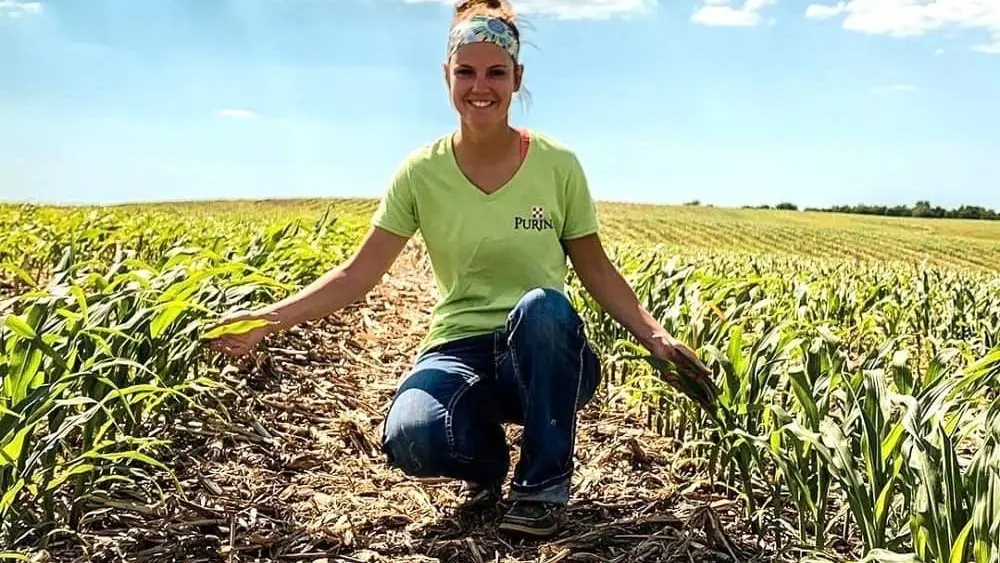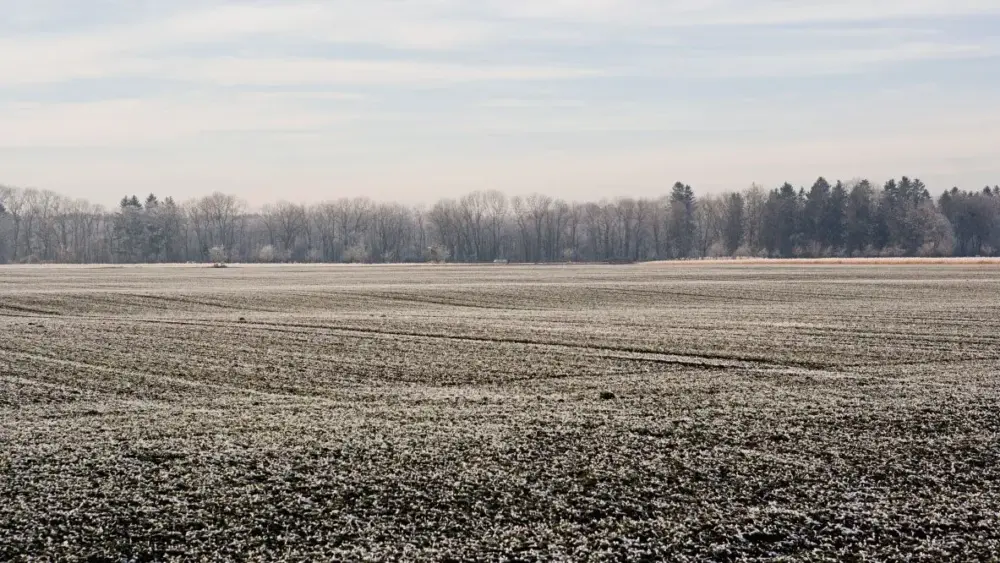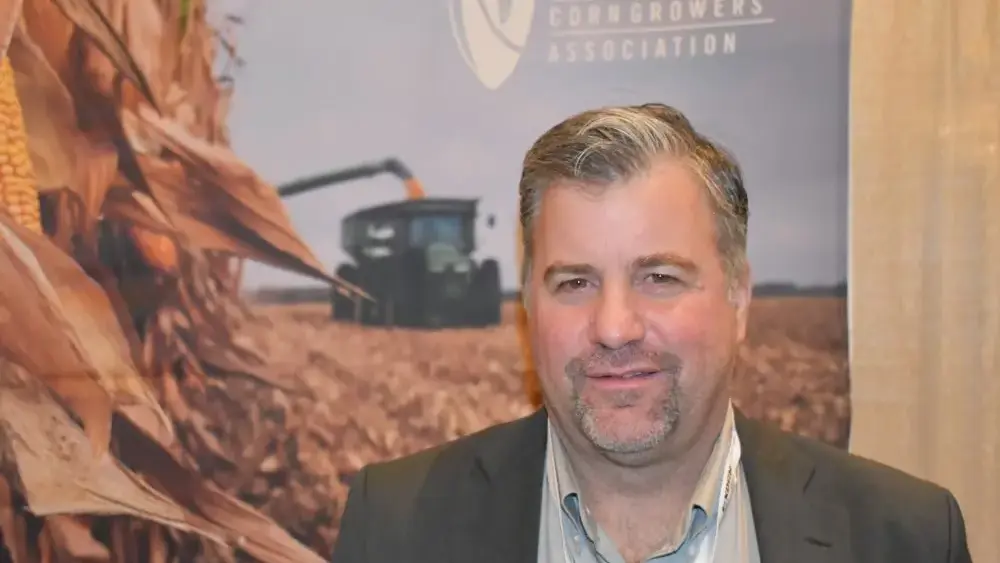There has been plenty of challenges in the field for the 2020 growing season. Those challenges will effect harvest and 2021. One of those issues was a lot of rainfall in parts of Michigan.
“We’re going to see variability as the word of the year—variability in crop conditions,” said Charles Scovill, Golden Harvest agronomist. “I got 1.62 inches of rain the other day and two miles to the west of me, not a drop. We’re seeing that in conditions where we’re in drought in parts of the state and we have really good conditions in other parts of the state.”
He said depending on when and how nitrogen was put down before spring rains will also contribute to variability in corn.
“If there was no remediation done, no additional nitrogen put out there, those plants are going to get their nitrogen from somewhere,” he said. “It’s either going to be from the soil where we put it or from taking it from the stalks and maybe seeing standability issues in some of those fields late season.”
Those rains from earlier in the season have brought out quite a few insects. Army worms have been one of the prominent pests of 2020 that Scovill hasn’t seen in a while.
“In some cases [they were] heavy enough we had to go out and spray for it,” he said.
Temperatures have also played a big role in the crop development, particularly in May when some parts of the state saw temps as low as 20 degrees.
“We had a lot of concern, a lot of worry about if we [froze] it off or we set it back,” said Scovill. “Thankfully we had very little replant caused by that. For the most part, the corn was just at the soil surface. Both corn and soybeans handled that temperature far better than anyone had expected.”
The warm temps have exceeded cool days. According to Scovill, there have been 12 90-degree days in Michigan so far this year.
“Last year I think we had one day over 90 degrees, so that was a big change for this year,” he said.
So far this season, there have been 168 more heat units than 2019, or a week ahead of last year. Scovill added that farmers could be harvesting corn by mid- to late-October.






